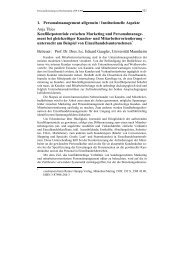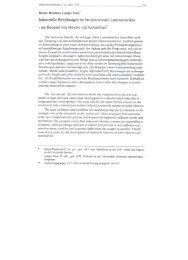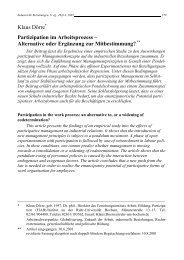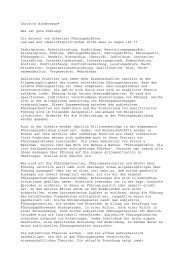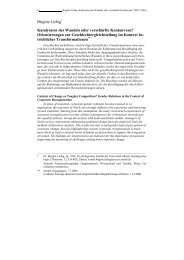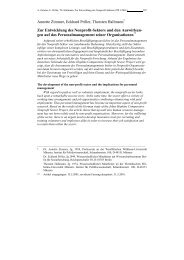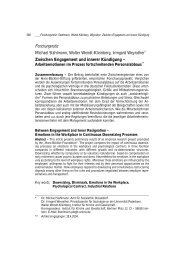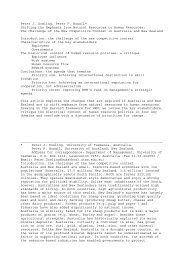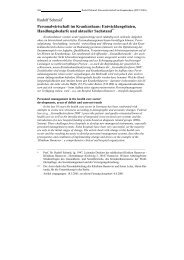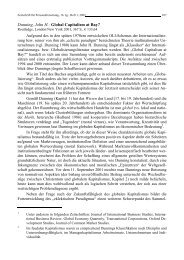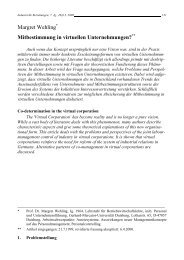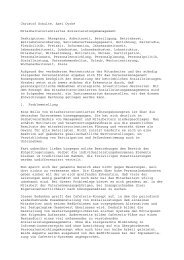1/98 - Rainer Hampp Verlag
1/98 - Rainer Hampp Verlag
1/98 - Rainer Hampp Verlag
You also want an ePaper? Increase the reach of your titles
YUMPU automatically turns print PDFs into web optimized ePapers that Google loves.
Roger Bennett<br />
described as turnkey arrangements (i.e., firms 4 and 11 had installed equipment<br />
and/or systems, and then trained local personnel to whom they handed over<br />
control of the installation). MKH transfer was organised in a variety of ways<br />
within respondent companies, as indicated in Figure 2 which shows also a<br />
summary of the firms’ MKH transfer methods and areas of intervention. In 7<br />
firms MKH transfer was the responsibility of either (i) and export or<br />
international division which looked after all the company’s cross-border<br />
marketing activities, or (ii) a general marketing department that dealt with both<br />
domestic and foreign sales (see Figure 2.C). Four firms completed these tasks<br />
through pre-existing foreign branches or subsidiaries; one had set up a joint<br />
marketing subsidiary with the CEE partner specifically to manage the sale of the<br />
output emerging from a JV. By far the commonest method of assisting CEE<br />
firms with their marketing was through personal visits to transferees by<br />
marketing executives of the transferor company in order to help with particular<br />
marketing problems (only firms 10 and 12 did not regard this as one of their<br />
primary transfer mechanisms). The situation prevailing in firm 3 was explained<br />
as follows. ‘We have a global marketing system with 2 or 3 of our senior people<br />
constantly moving around the world to pick up on problems as they arise. These<br />
guys are truly international in outlook and soon put things right. They regularly<br />
visit our contacts in East Europe to sort things out.’ Otherwise, the visits were<br />
from marketing personnel in the transferor’s local regional branch or subsidiary<br />
(firms 1, 5, 6, 7, 11) or from the Western firm’s headquarters (3, 4, 8, 9, 11).<br />
Such visits were seen as a fast, convenient and reliable means of transmitting<br />
information. Two companies (2 and 5) had transferred marketing staff for short<br />
periods (described as ‘a couple of weeks’ in both cases). Interestingly this was<br />
not the case for either of the firms undertaking turnkey contracts.) The main<br />
functional areas in which respondents stated their companies helped their CEE<br />
partners with their marketing (see Figure 2.D) were pricing, (marketing planning<br />
and distribution). Two of the companies (2 and 6) actually distributed the<br />
transferee’s outputs via their own facilities, and 4 more proffered advice on how<br />
to distribute products.<br />
JEEMS 1/ 19<strong>98</strong> 17




